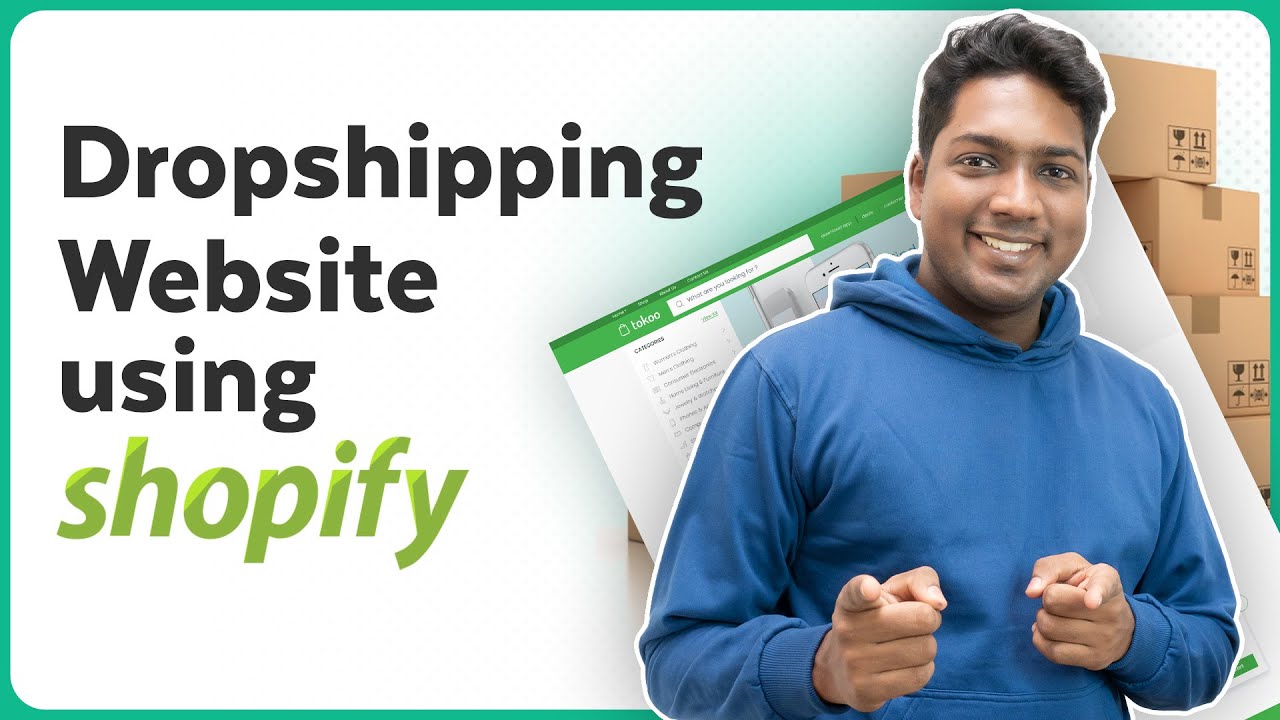
Are you looking to start your own online business but don’t want the hassle of managing inventory or shipping products? Dropshipping might be the perfect solution for you. With the rise of e-commerce platforms like Shopify, creating a dropshipping store has never been easier. In this guide, we will walk you through the process of creating a Shopify dropshipping store from scratch in 2023.
Step 1: Research and Choose a Niche
The first step in creating a successful dropshipping store is to research and choose a niche. Selecting a niche that you are passionate about or have knowledge in can help you stand out in a crowded market. Use tools like Google Keyword Planner to identify trending products and niches with high search volume and low competition.
Step 2: Set Up Your Shopify Account
Once you have chosen your niche, it’s time to set up your Shopify account. Go to Shopify’s website and sign up for an account. Choose a unique and memorable domain name for your store. Shopify offers a variety of customizable themes that you can use to design your store. Make sure your store’s design is visually appealing and easy to navigate.
Step 3: Find Reliable Suppliers
The success of your dropshipping store depends on finding reliable suppliers who can fulfill orders in a timely manner. Look for suppliers with a good track record of quality products and fast shipping. You can use platforms like AliExpress, Oberlo, or Spocket to find suppliers for your chosen products.
Step 4: Add Products to Your Store
Once you have found reliable suppliers, it’s time to add products to your store. Use high-quality images and detailed product descriptions to entice customers to make a purchase. Organize your products into categories to make it easy for customers to browse and find what they are looking for.
Step 5: Set Up Payment Gateways
To start accepting payments on your Shopify store, you will need to set up payment gateways. Shopify offers a variety of payment options, including credit card payments, PayPal, and Apple Pay. Make sure to choose payment gateways that are secure and trusted by customers.
Step 6: Drive Traffic to Your Store
Now that your store is set up, it’s time to drive traffic to your website. Use a combination of organic and paid marketing strategies to attract potential customers. You can use social media marketing, influencer partnerships, email marketing, and search engine optimization (SEO) to increase visibility and drive traffic to your store.
Step


